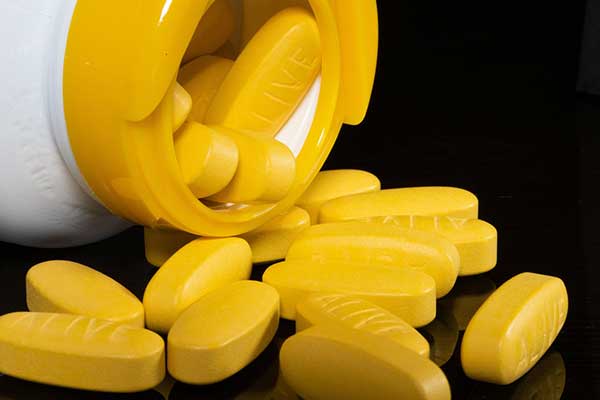Biohacking 101
Biohacking has taken the world by storm, reshaping modern wellness. Involving science, technology, and self-experimentation to optimise one’s physical and mental well-being, it embraces quite an armful—from DNA testing and personalised nutrition plans to wearable tech and nootropics. As people now have access to real-time data about their bodies, it is easier to monitor health metrics and make informed decisions—sparking a cultural shift towards individualised health practices.
So, if you have ever felt like traditional diets such as the Mediterranean, the keto, or the vegan not quite cutting it for you, biohacking could be your new best friend. It is not about adopting a one-size-fits-all plan; instead, it is about experimenting with foods, supplements, and lifestyle changes based on data, technology, and science. Whew!!
But here’s where it gets tricky: with the growing wave of biohacking enthusiasts, the ‘personalisation’ aspect is overwhelming. From health gurus to social media influencers, the advice out there is conflicting, and it is quite the task to figure out what really works for you. There are options galore—but where do you even start? That’s where we come in! This guide will take you through the basics of biohacking your diet and show you how you can personalize your nutrition plan with science-backed methods, plus a few universal biohacking hacks that anyone can implement.
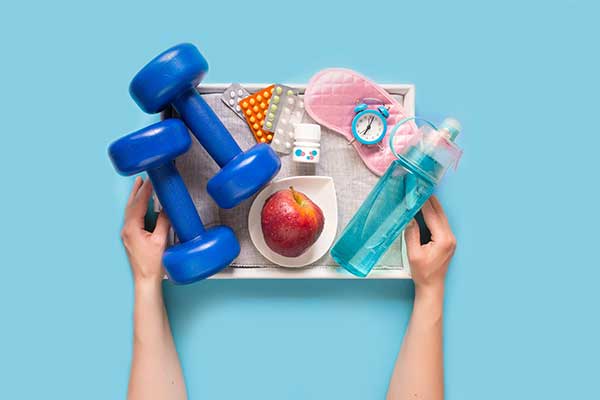
one size does not fit all
First things first: biohacking is the opposite of cookie-cutter meal plans, with generalised advice that may or may not work for you. Biohacking, on the other hand, dives into the science and technology behind your body’s specific needs, using experimentation and data to craft a nutrition plan that aligns with your health goals. So, whether you’re looking to boost cognitive function or enhance athletic performance, or even just live longer—biohacking tailors everything around you.
You could follow a broad four-step process that most biohackers follow to fine-tune their diet and lifestyle:
- Decide if you want to lose weight, improve mental clarity, or enhance endurance? Knowing what you're aiming for is step one.
- The next step is fun. Use tools like DNA tests, bloodwork, and wearable trackers (think fitness bands or glucose monitors) to collect data on how your body responds to various foods and activities.
- Based on this data, tweak your diet. Maybe you need more omega-3s, or perhaps gluten is a no-go for you.
- Keep checking on how the body is responding and make adjustments as needed—maybe add more of one nutrient, or cut back on another, or finetune meal timings.
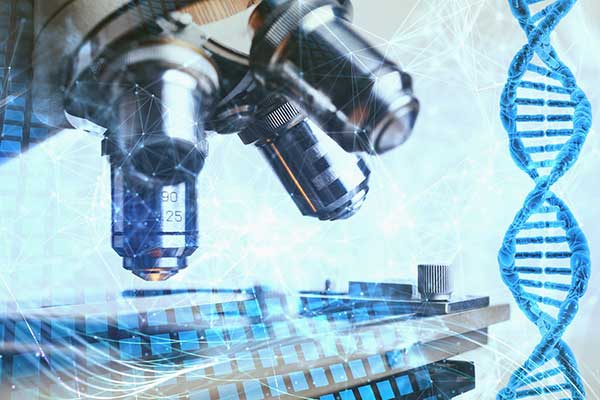
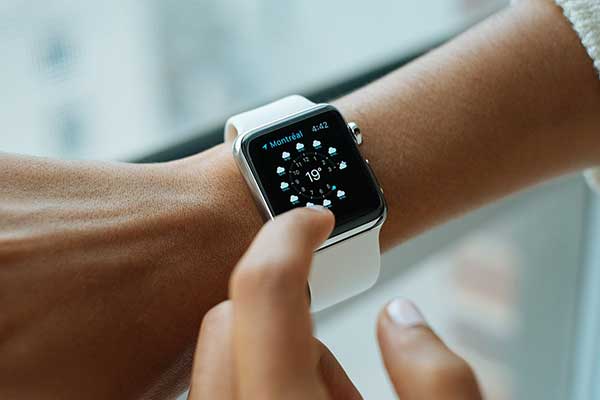

stepping through challenges
Steps one and two are pretty straightforward. Step three is, of course, a challenge. Making those initial dietary adjustments requires a scientific approach, one that’s based on your body’s unique data. This is where nutrigenomics comes into play—the study of how food interacts with your genes. By analysing your DNA, you can learn how specific nutrients affect your body and make changes accordingly.
For example, if you have an MTHFR gene mutation that impacts folate metabolism, you might adjust your diet to incorporate more folate-rich foods like leafy greens and avoid synthetic folic acid. This kind of precision helps minimise risks and optimise health—which is what biohacking is all about.

the power within
In finding what works just for you, use a few tools and strategies. Like the Elimination Diet for example.
- For example, if you have an MTHFR gene mutation that impacts folate metabolism, you might adjust your diet to incorporate more folate-rich foods like leafy greens and avoid synthetic folic acid. This kind of precision helps minimise risks and optimise health—which is what biohacking is all about.
- Ever thought about how food makes you feel beyond just hunger? Keeping a food journal can help you track not just what you eat but how you feel physically and emotionally after each meal. Is there a particular food that spikes your energy or leaves you sluggish? Tracking these patterns over time gives you valuable insights that help you fine-tune your diet.
- Today, nutrigenomics has become one of the most powerful tools in biohacking. By analysing your DNA, you can uncover valuable information about how your body processes nutrients and which foods might work best for you. Are you more predisposed to high blood sugar levels? Maybe certain foods like low-glycemic fruits and vegetables would be best for you. This kind of data-driven approach can optimize your diet like never before.
- Continuous glucose monitors, and even smartwatches can provide real-time insights into your body’s response to food, exercise, and other lifestyle factors. For instance, you might discover that your blood sugar spikes after a certain meal or that you sleep better after consuming fewer carbs.
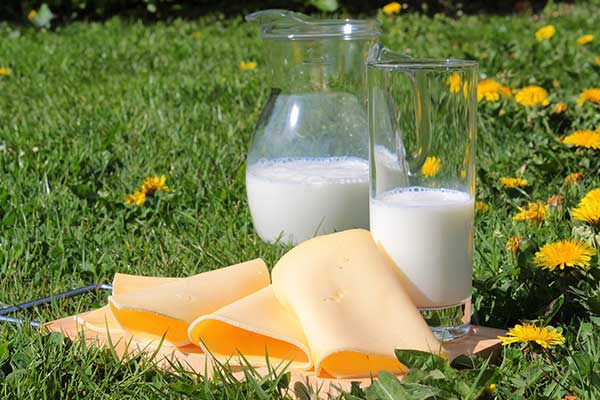

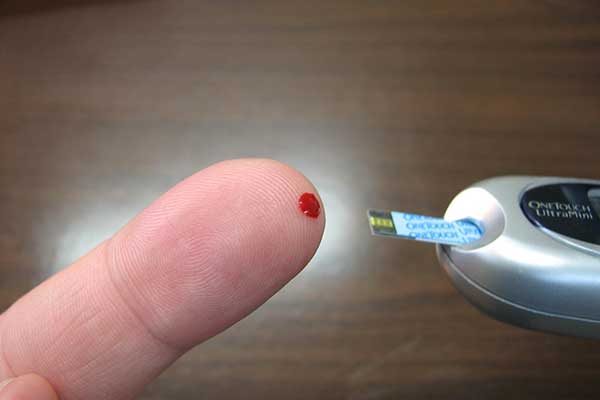

strategising to optimise
Dive into some strategies and tried-and-tested hacks to optimise your diet.
- Intermittent Fasting involves cycling between periods of eating and fasting. Many biohackers swear by it for reducing body fat, improving heart health, and boosting mental clarity. Fasting windows could be something like eating only between noon and 8 p.m., and fasting the rest of the time.
- Bulletproof Coffee is a favourite while biohacking. A rich drink is made from coffee, MCT oil, and butter, it is believed to improve mental clarity, curb hunger, and enhance energy levels.
- Cold Water Therapy might sound extreme, but it boosts the immune system and increases circulation. A quick cold shower or an ice bath could give you a fresh burst of energy!
- Nootropics, also known as smart drugs, are another popular biohack, often used to boost cognitive performance. Think creatine or caffeine in moderation.
Biohacking is fun and effective, but not without risks. Since it often involves experimenting with your body’s chemistry, things could go awry if not done carefully. In fact, professional advice can help avoid the common mistakes. It is a thrilling journey of self-experimentation and while it could take a little time to get things just right, the results can be incredibly rewarding.



